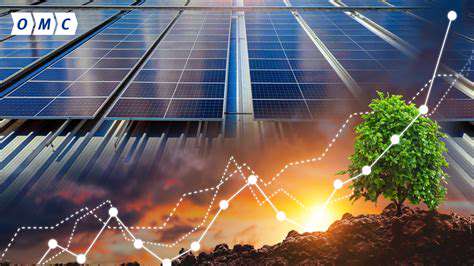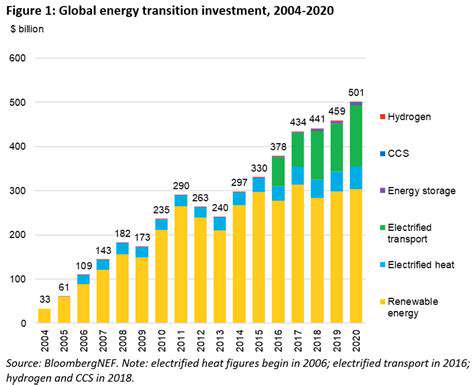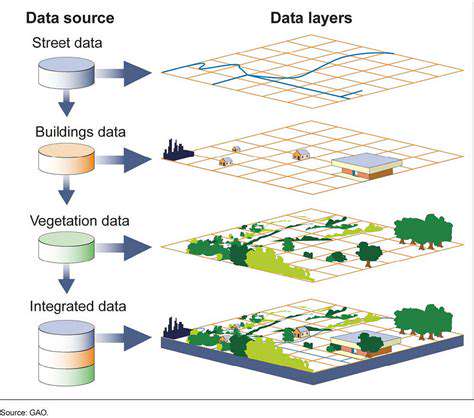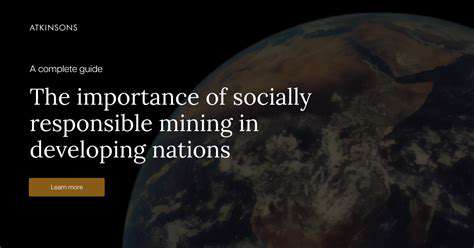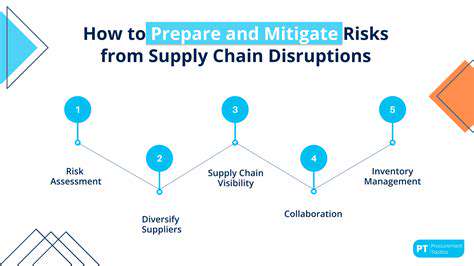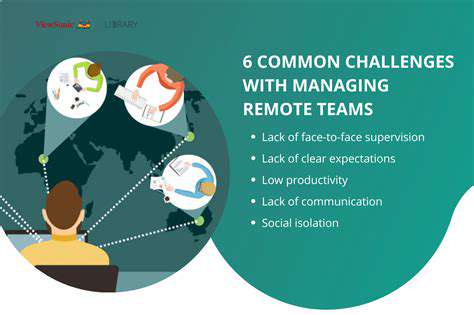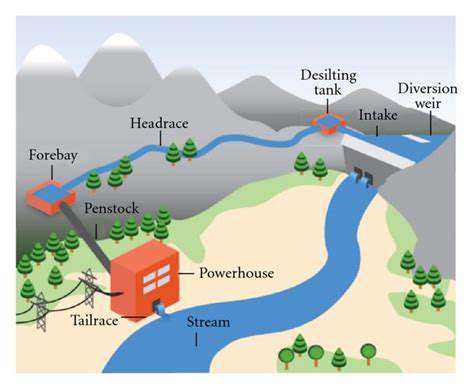The Rise of Renewable Energy Superpowers: Which Nations are Leading?
The United States: Harnessing Wind and Solar Potential
Harnessing the Wind
Across the sprawling landscapes of the Great Plains and coastal regions, the United States boasts some of the world's most abundant wind resources. The key to unlocking this potential lies in cutting-edge wind turbine designs that maximize energy capture while adapting seamlessly to fluctuating weather patterns. Engineers are pushing boundaries with taller towers and longer blades that tap into steadier high-altitude winds, all while minimizing ecological disruption.
But technology alone isn't enough. The real game-changer is America's evolving energy infrastructure - a complex web of transmission lines now being upgraded to shuttle renewable power from wind-rich areas to population centers thousands of miles away. Meanwhile, meteorologists are revolutionizing wind forecasting using AI-driven models, allowing grid operators to predict output with unprecedented accuracy and pair it with innovative storage solutions like compressed air or advanced battery arrays.
Unlocking Solar Power
From the sun-drenched Southwest to increasingly solar-friendly northern states, photovoltaic technology is undergoing a quiet revolution. Researchers are achieving breakthroughs with perovskite solar cells that promise higher efficiencies at lower costs, while bifacial panels that harvest reflected light are changing how we design solar farms. The most exciting developments might be building-integrated photovoltaics - turning skyscrapers and even windows into power generators.
As solar penetration increases, the grid itself is getting smarter. Microgrids with intelligent inverters can now isolate during outages while still powering critical infrastructure. Utilities are deploying massive battery banks that soak up midday solar surpluses and release energy during peak evening demand. Some forward-thinking communities are even experimenting with vehicle-to-grid systems where electric cars serve as distributed storage units.
Overcoming Challenges and Barriers
Despite rapid progress, obstacles remain. The permitting process for new transmission lines often becomes entangled in bureaucratic red tape and local opposition. A recent study by the Department of Energy found that nearly 1,000 GW of clean energy projects are stuck in interconnection queues. Creative solutions like upgrading existing right-of-ways and implementing advanced reconductoring techniques are helping break these logjams.
Public acceptance poses another hurdle. While surveys show overwhelming support for renewables in principle, NIMBYism (Not In My Backyard) remains a potent force. Developers are responding with innovative approaches like agrovoltaics that combine solar panels with agriculture, and wildlife-friendly turbine designs that dramatically reduce avian mortality rates.
The Path Forward
America's energy transformation represents more than just technological change - it's reshaping entire industries and workforces. Solar installer and wind technician are now among the nation's fastest-growing jobs, with community colleges across the country launching specialized training programs. The Inflation Reduction Act has unleashed a wave of domestic manufacturing, with over 100 new clean energy facilities announced in just the first year.
Perhaps most importantly, the U.S. is proving that economic growth and emissions reduction can go hand-in-hand. As American innovators continue pushing boundaries in floating offshore wind, next-gen geothermal, and green hydrogen, they're creating a playbook that developing nations can adapt to leapfrog fossil fuel dependence entirely. The global energy race isn't just about technology - it's about demonstrating that a clean energy future is both achievable and economically advantageous.

